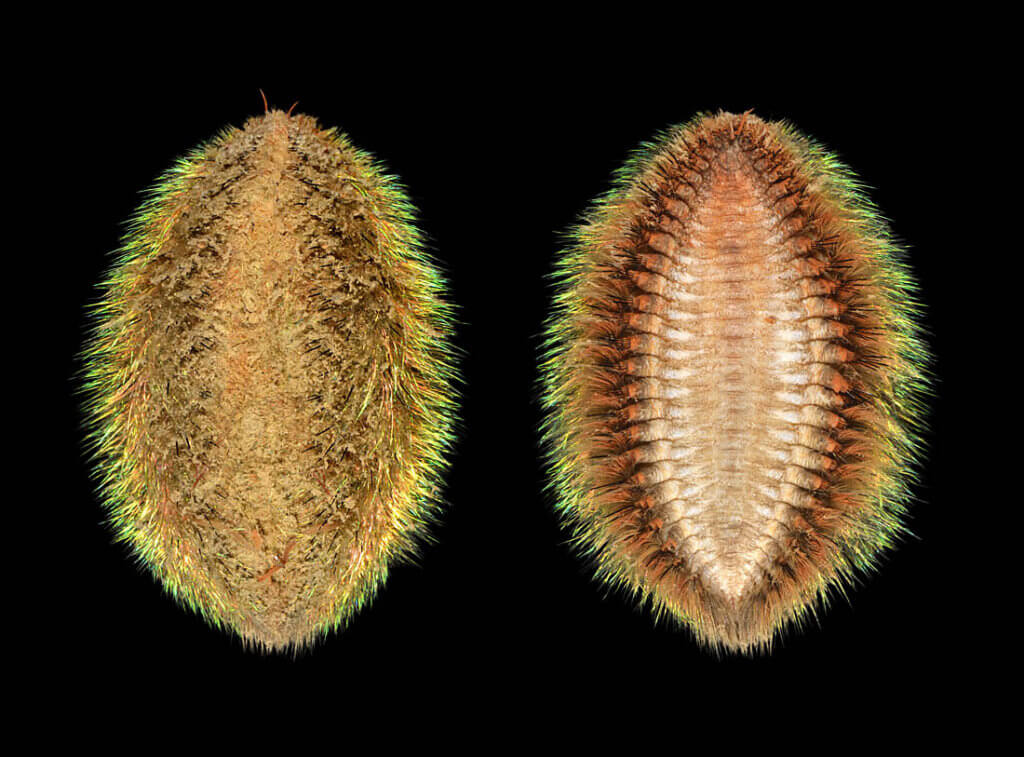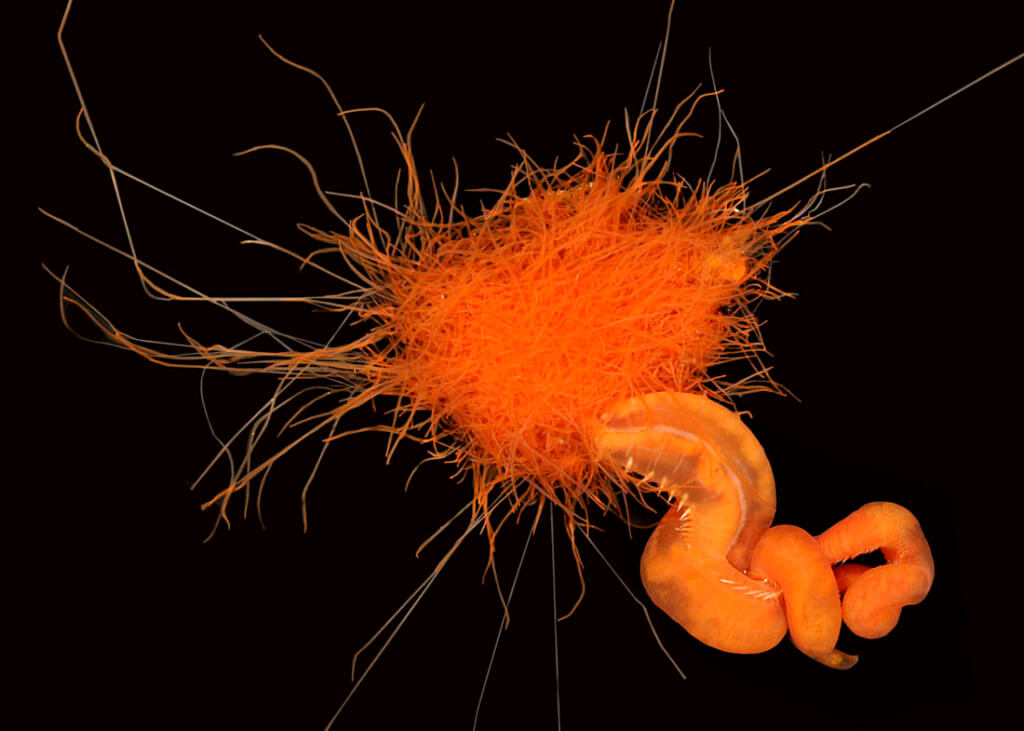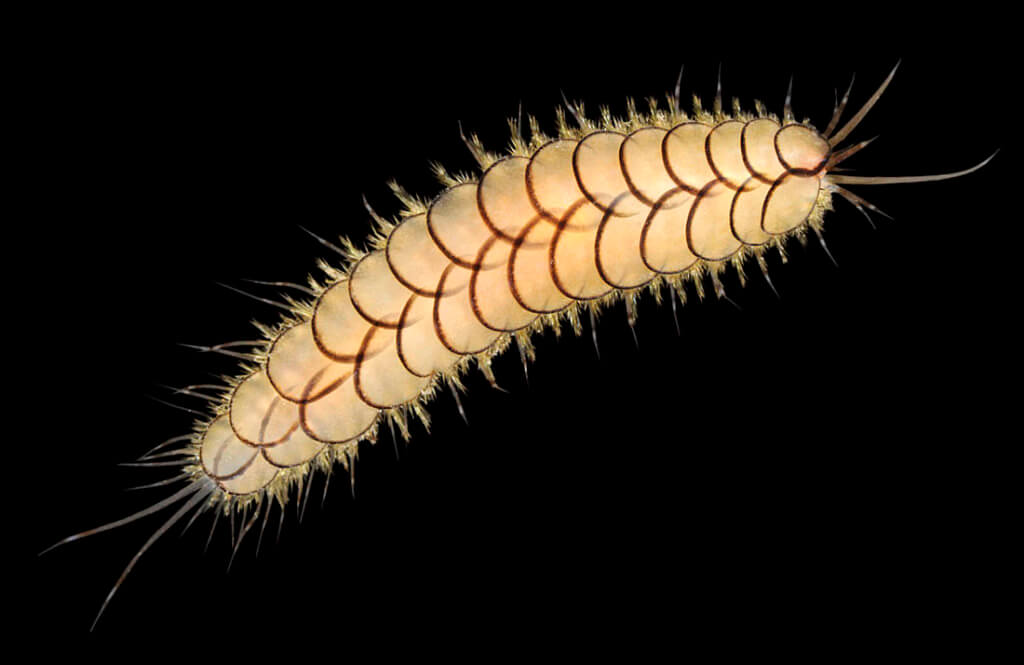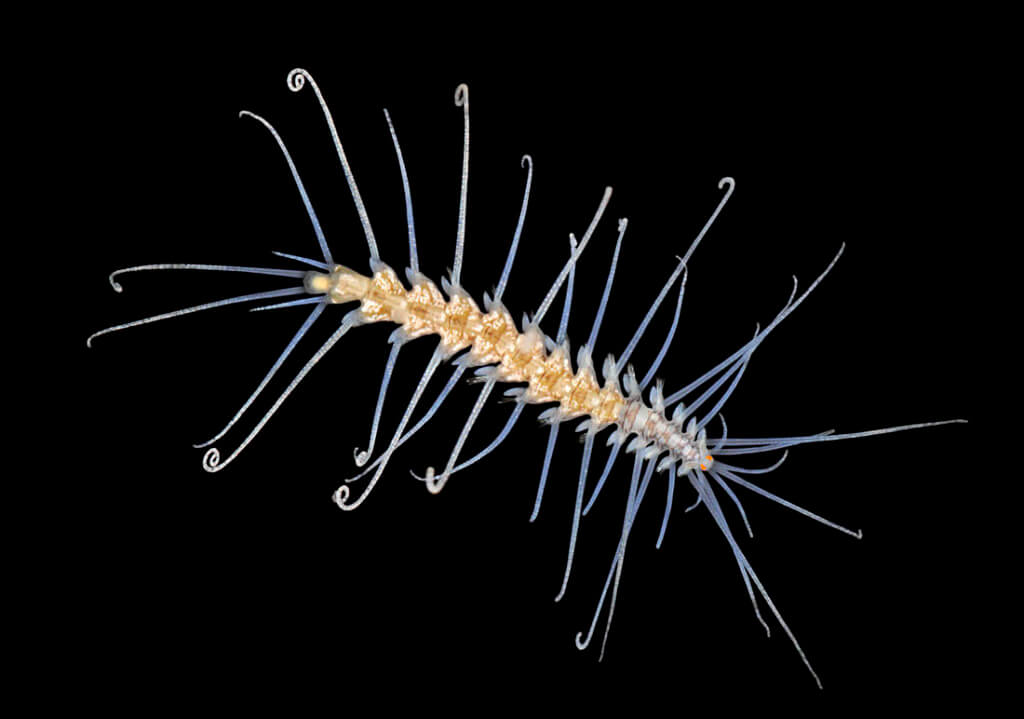
Paul Sterry has an academic background in freshwater biology and is a passionate conservationist. He has been writing about natural history and photographing wildlife for the last 40 years, with an emphasis on the British scene.
Vermin. One way and another, it’s a familiar word these days but one where meaning and interpretation have morphed through the ages. Etymologically it is thought to have its origins in the Latin vermis, meaning worms. In early English it was used as a term for ‘noxious animals’ (and indeed ‘despicable people’ so I’m told), and dates from a period in history when worms were associated with death and disease rather than positive things such as soil aeration and recycling.
Charles Darwin was probably the first scientist of note to take worms seriously, reference his 1881 book The Formation of Vegetable Mould through the Action of Worms, with Observations of their Habits. Nowadays, encouraged by the likes of Earthworm Watch, only the most un-reformed gardener or golf course-owner can fail to see the benefits of earthworm species in the soil and compost heap. But it is not just in the terrestrial world where these invertebrates are important: annelid worms are hugely significant in the wider environment and to follow is a brief introduction to some inter-tidal cousins of the humble earthworm. Without going into too much detail, the worms under discussion belong to the phylum Annelida; earthworms are called Oligochaetes while in the main the most interesting and significant intertidal and coastal species are called Polychaetes.

Budle Bay: when left undisturbed by bait-diggers lugworm populations can reach amazingly high densities, witness the wall-to-wall casts seen here at Budle Bay in Northumberland. Photo: Paul Sterry-Nature Photographers Ltd.
The importance of polychaete worms on the shore is well documented. Decades of estuary research have shown this and anyone with an insightful ecological eye will know that wader-covered mudflats and sandbars are testament to the abundance of life buried beneath the surface. Not all wader food comprises worms of course but polychaetes are truly significant in the marine environment, and instrumental in maintaining the structural integrity of a fragile environment whose stability is otherwise fluid and ephemeral.

For the survival of Curlews and other waders it is vitally important to preserve stable and undisturbed mudflats where there are healthy populations of prey such as this juicy lugworm. Photo: Paul Sterry-Nature Photographers Ltd.
Generally speaking if people are aware of marine worms at all it is in an abstract way – a passing nod to their ecological significance at best. But take a closer look and they are fascinating creatures in their own right. So I would like to introduce you to a few polychaete friends of mine, and let to their aesthetic appeal speak for itself. Set aside all preconceived notions about the segmented uniformity of terrestrial earthworms and explore a world of extraordinary diversity and stunning complexity. You’d have to have a rather closed mind for their functional elegance not to inspire genuine curiosity.

Reaching the size and shape of a cupped hand, the Sea Mouse Aphrodita aculeata is an extraordinary predatory worm that ploughs through sand and gravel and feeds mainly on other worms. Its dorsal surface is covered in iridescent spines and hairs and animals are sometimes washed up on shores after winter gales. Photo: Paul Sterry – Nature Photographers Ltd.

If ever there was a creature designed by committee it has to be the bizarre Parchment Worm Chaetopterus variopedatus. So complex is its appearance it is hard to credit its close relationship to the segmented uniformity of earthworms. Reaching nearly a foot in length it lives in a U-shaped tube made of a parchment-like material, largely buried in silty sand but open at either end to allow a through-flow of water. Vulnerable to winter storms, tubes and animals are sometimes washed up after gales. Photo: Paul Sterry – Nature Photographers Ltd

Eupolymnia nebulosa is a plump-bodied worm that lives in estuaries or on very sheltered shores, from on the lower shore down. Its 6 inch body is typically concealed beneath an old shell or stone and tentacles radiate out and collect food particles. Photo: Paul Sterry – Nature Photographers Ltd.

Marphysa sanguinea lives in muddy-silt habitats and constructs a flimsy mucous-lined home under stones or among old shells. Really mature adults can reach two feet in length and will deliver a painful bite if handled without caution. Photo: Paul Sterry – Nature Photographers Ltd.

The head end of Polycirrus caliendrum is surrounded by a seething mass of tentacles whose job it is to collect particles of food from the surroundings. The body of the animal itself is typically concealed among old shell debris or seaweed holdfasts. Photo: Paul Sterry – Nature Photographers Ltd.

The dorsal surface of Harmothoe glabra is covered in delicate plates and unsurprisingly the group to which it belongs are known as ‘scaleworms’. Like its cousins it lives a rather unobtrusive life typically creeping slowly over the undersides of boulders. Photo: Paul Sterry – Nature Photographers Ltd

Amblyosyllis formsa is one of most regularly encountered members of a group called syllid worms. This species is found among seaweeds and sometimes in old shells, and has a predatory lifestyle. The group, including this species, is easily recognised by the long projections (called cirri) that protrude from its segments. Photo: Paul Sterry – Nature Photographers Ltd

As you might expect from its appearance the Peacock Worm Sabella pavonina filters food particles from seawater. It lives inside a tough tube on the lower shore and into deeper water, the tube mostly buried in silty sand and sometimes part-exposed at low tide. For a healthy population to develop, stable substrates are essential and so digging and dredging activities wipe out colonies at a stroke. Photo: Paul Sterry – Nature Photographers Ltd.
There is a serious side to all this. Polychaete worms have evolved to fill pretty much every ecological marine niche you care to mention from inter-tidal mudflats and rocky shores to the benthic depths. Their role in intertidal life is profound. In the terrestrial environment if you plough a previously undisturbed meadow you destroy an entire soil ecosystem and the same applies to dredging and digging in the marine world. So there’s more to mudflats and sandbanks than just mud, sand and waders: there’s an immensely complex ecosystem whose natural beauty lies concealed by mud and sand for much of the time. But all of the inhabitants, and the habitats themselves, deserve our respect not to mention legal protection. Hopefully, seeing these amazing worms will inspire people to look beyond just the birds and appreciate just how much diversity nature has to offer.

An active predator, the King Rag Alitta virens can reach something approaching a foot in length. Unfortunately for the species it is popular as bait with anglers. The tattered remnants of this once magnificent invertebrate wrapped in soggy newspaper or impaled on a hook is, for me, a depressing sight. Especially when you consider the habitat destruction needed to extricate these creatures from their muddy home; the entire activity seems beyond pointless. Photo: Paul Sterry – Nature Photographers Ltd.
For a marine biologist and lover of the beauty of nature there are few more dispiriting sights than the potholed blitzkrieg aftermath of a bait-digger’s activities or the bedraggled remains of a once-splendid King Rag impaled on an angler’s hook. Learn to love and respect worms I say – then vermin need not be an ugly word.
[registration_form]
Brilliant post Paul! I had never thought of bait digging as a serious threat to the inter tidal ecosystem in itself more as an issue re disturbing feeding birds. I remember one article (may have been an editorial in fact) in an angling magazine where the writer claimed they had rights to dig for bait granted in the Magna Carta! He was bemoaning not being allowed to do so at a site to prevent disturbance to wading birds – another group whose general claims to be conservationists stand up to very little scrutiny. People like Hugh Falkus who were genuine naturalists/conservationists and anglers remain very much the exception. One angling book recommended watching where wading birds were feeding at low tide and when it came back in casting your bait into the same spot for better fishing. That shows the most productive areas are limited and susceptible to damage especially if bait diggers use the same technique to indicate where they should dig. The inter tidal ecosystem is far less resilient than I realised, thanks for opening my eyes.
Fabulous pictures Paul. If it is necessary to persuade readers here of the wonder of worms I am sure these images will do the trick! I remember Chaetopterus from first year zoology lectures many years ago. If I remember correctly it makes a mucous ‘net’ to trap food particles swept through its tube by the current it creates, and periodically eats this net along with whatever it has trapped – amazing creatures.
The casual way in which we destroy the habitat of these worms and other invertebrates with activities such as beam trawling, scallop dredging and bait digging is indeed dispiriting.
Fascinating Guest Blog Paul; I looked at the title and nearly didn’t bother to read it but I found it extremely interesting and informative – many thanks!
Very interesting, and great pictures, as people have said. Thanks.
Thank you so much for these amazing blogs and as for those photos – absolutely wonderful!